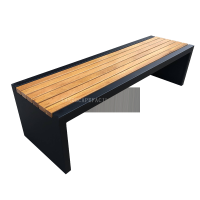Welcome to the website for landscape facilities products and knowledge.
How does marble’s whiteness affect light reflection?
Marble’s whiteness plays a pivotal role in light reflection, making it a favored material in architecture and interior design. The high whiteness of marble, often exceeding 90% on the reflectance scale, allows it to bounce back a significant amount of natural and artificial light. This property not only brightens spaces but also creates an illusion of expansiveness, ideal for smaller or dimly lit rooms.
The crystalline structure of white marble, composed primarily of calcite or dolomite, contributes to its reflective qualities. When light hits the polished surface, it scatters uniformly, reducing shadows and enhancing ambient lighting. This makes marble a popular choice for floors, countertops, and wall claddings in luxury homes and commercial spaces.
Moreover, the whiteness of marble can influence the perceived color temperature of a room. Cooler tones in white marble reflect more blue light, creating a crisp, modern aesthetic, while warmer undertones add a subtle glow. Designers often leverage this characteristic to achieve specific moods or visual effects.
In summary, marble’s whiteness is not just about aesthetics—it’s a functional asset that optimizes light distribution, reduces energy costs, and elevates spatial design. Its timeless appeal and practical benefits ensure its continued dominance in high-end interiors.
Related search:

Recommendation
Modern Stainless Steel Begonia Wood Park Chair Outdoor Courtyard Leisure Sun Protection Bench Long Seat